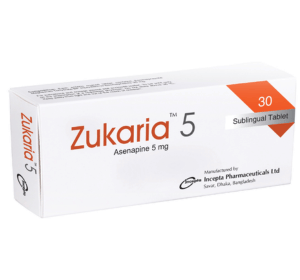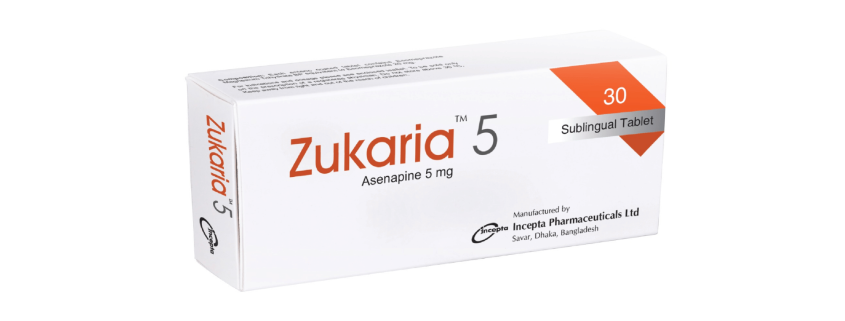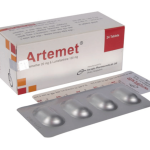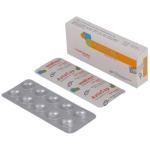Zukaria(Asenapine Maleate Sublingual Tablet)

Therapeutic Group: atypical antipsychotic
Presentation
Zukaria 5: Each sublingual tablet contains Asenapine Maleate INN, equivalent to Asenapine 5 mg.
Description
Asenapine Maleate is an atypical antipsychotic that is available for sublingual administration. Asenapine belongs to the class dibenzo-oxepino pyrroles. It is a centrally active dopamine Type 2 (D2) antagonist and with predominant serotonin Type 2 (5-HT2A) antagonist activity.
Indications
Asenapine is indicated for:
– Schizophrenia in adults
– Bipolar I disorder
– Acute monotherapy for manic or mixed episodes in adults and pediatric patients 10 to 17 years of age
– Adjunctive treatment to lithium or valproate in adults.
– Maintenance monotherapy treatment in adults
Dosage & Administration
Indication:
Schizophrenia adults
Initial dose: 5 mg sublingually, twice daily
Recommended dose: 5 mg sublingually, twice daily
Maximum dose: 10 mg sublingually, twice daily
Indication:
Schizophrenia maintenance treatment in adults.
Initial dose: 5 mg sublingually, twice daily
Recommended dose: 5–10 mg sublingually, twice daily
Maximum dose: 10 mg sublingually, twice daily
Indication:
Bipolar mania in adults: acute and maintenance monotherapy.
Initial dose: 5–10 mg sublingually, twice daily
Recommended dose: 5–10 mg sublingually, twice daily
Maximum dose: 10 mg sublingually, twice daily
Indication:
Bipolar mania in pediatric patients (10–17 years): monotherapy.
Initial dose: 2.5 mg sublingually, twice daily
Recommended dose: 2.5–10 mg sublingually, twice daily
Maximum dose: 10 mg sublingually, twice daily
Indication:
Bipolar mania in adults: as an adjunct to lithium or valproate
Initial dose: 5 mg sublingually, twice daily
Recommended dose: 5–10 mg sublingually, twice daily
Maximum dose: 10 mg sublingually, twice daily
Sublingual tablets should not be swallowed. It should be placed under the tongue and left to dissolve completely. It will dissolve in saliva within seconds. Eating and drinking should be avoided for 10 minutes after administration.
Side Effects
The most common adverse reactions to asenapine are akathisia, somnolence, oral hypoesthesia, dizziness, extrapyramidal symptoms, nausea, increased appetite, fatigue, and increased weight.
Precautions
Caution should be exercised when asenapine is prescribed in elderly patients with dementia-related psychosis, QT prolongation, neuroleptic malignant syndrome, tardive dyskinesia, metabolic changes, orthostatic hypotension, leukopenia, neutropenia, agranulocytosis, seizures, and the potential for cognitive and motor impairment.
Use in Pregnancy & Lactation
Pregnancy: May cause extrapyramidal and/or withdrawal symptoms in neonates with third trimester exposure. Lactation: Lactation studies have not been conducted to assess the presence of asenapine in human milk, the effects of asenapine on the breastfed infant, or the effects of asenapine on milk production.
Drug Interaction
Asenapine should be used with caution in combination with:
• Antihypertensive, as it may cause hypotension
• Paroxetine (CYP2D6 substrate and inhibitor)
Over Dose
There is no specific antidote for asenapine. The management of overdose should concentrate on supportive therapy, maintaining an adequate airway, oxygenation and ventilation, and the management of symptoms. In cases of severe extrapyramidal symptoms, anticholinergic medication should be administered. Close medical supervision and monitoring should continue until the patient recovers.
Storage
Do not store above 30°C. Keep away from light and out of the reach of children.
Commercial Pack
Zukaria 5: Each box contains 3 blister strips of 10 tablets.



